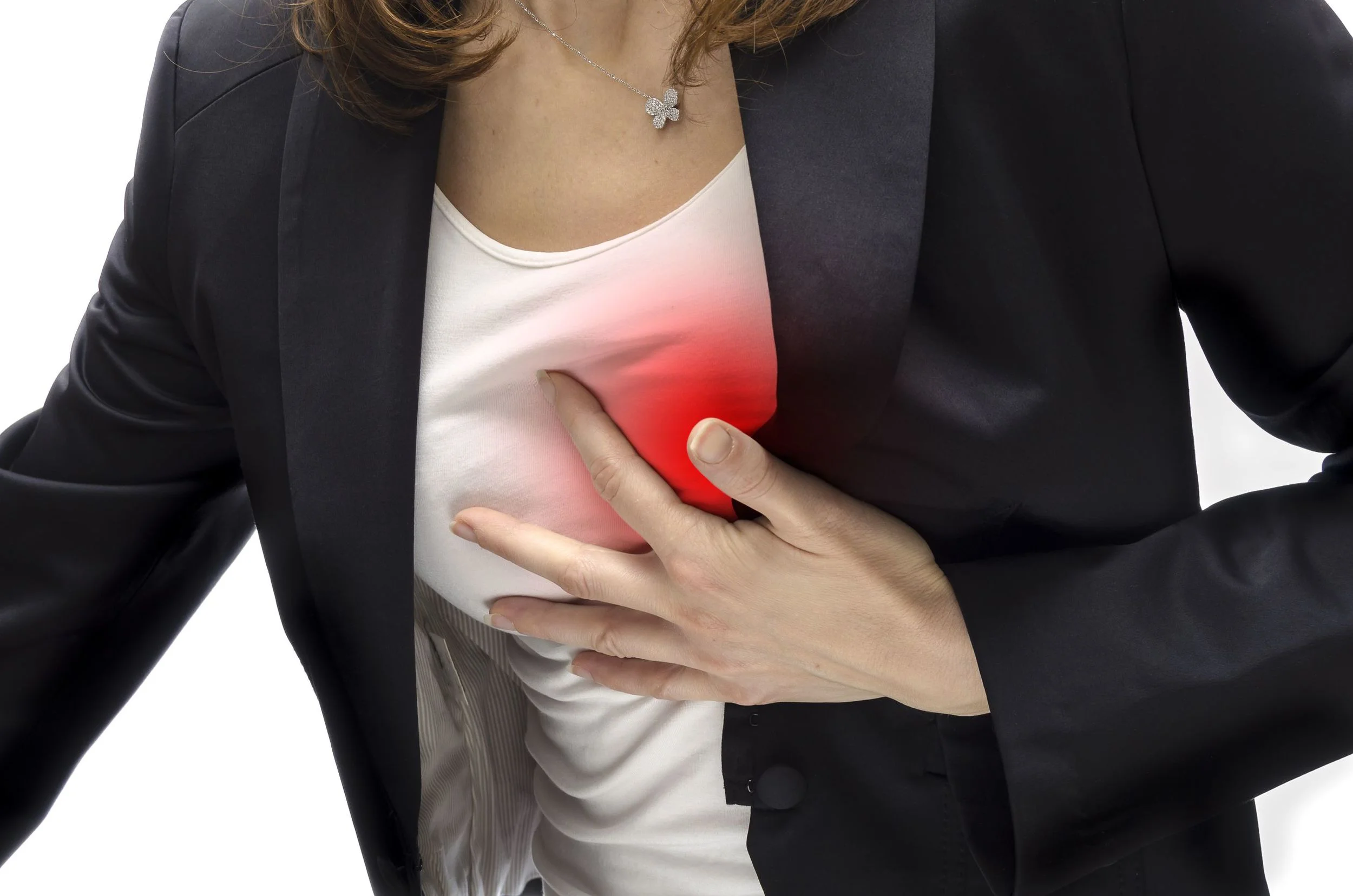Heart attack symptoms in women often missed
/February is American Heart Month across the U.S. It also is the time of year when the American Heart Association promotes it’s “Go Red for Women” initiative, which focuses on heart disease in women.
Heart disease, in its most general sense, refers to several types of conditions like coronary heart (or artery) disease, cardiovascular disease and stroke. It is responsible for approximately 600,000 deaths annually, which translates into about one in every four deaths.
It may not come as a surprise that heart disease is the leading cause of death in both men and women; however, more women die as a result of heart disease than men. In fact, heart disease kills more women than all types of cancer combined.
Heart disease symptoms in women often differ from those in men. Let’s focus on heart attacks: about 715,000 Americans suffer a heart attack every year and about two-thirds of women who have a heart attack will not make a full recovery. One of the most common symptoms of a heart attack, especially in men, is the crushing chest pain we’ve all seen on TV.
In women however, heart attack symptoms often don’t include chest pain, are often more subtle. An easy way to identify symptoms of a heart attack in women is by remembering the pneumonic, PULSE:
Persistent chest pain – this can also include neck, shoulder and upper back
Upset stomach, nausea, vomiting
Lightheadedness, dizziness
Shortness of breath
Excessive sweating
The silver lining to all of this is that heart disease is preventable and controllable. Choose a healthy diet, maintain a healthy weight and exercise regularly. Quit smoking and limit your alcohol use.
If you have any other conditions, like diabetes, high cholesterol or high blood pressure, make sure you’re managing them appropriately, especially if this entails daily medication. When you visit your physician for check-ups, make sure you know your most recent and past history of blood pressure, cholesterol, Hemoglobin A1c (or HbA1c, a measure of your blood sugar level) and BMI.
When making these efforts, be sure to not overextend yourself – don’t try to do too many things at once, rather, take small steps, one at a time. Recruit a friend or family member to help motivate you throughout the process. And remember, try to make it fun whenever possible – your heart will thank you for it.

